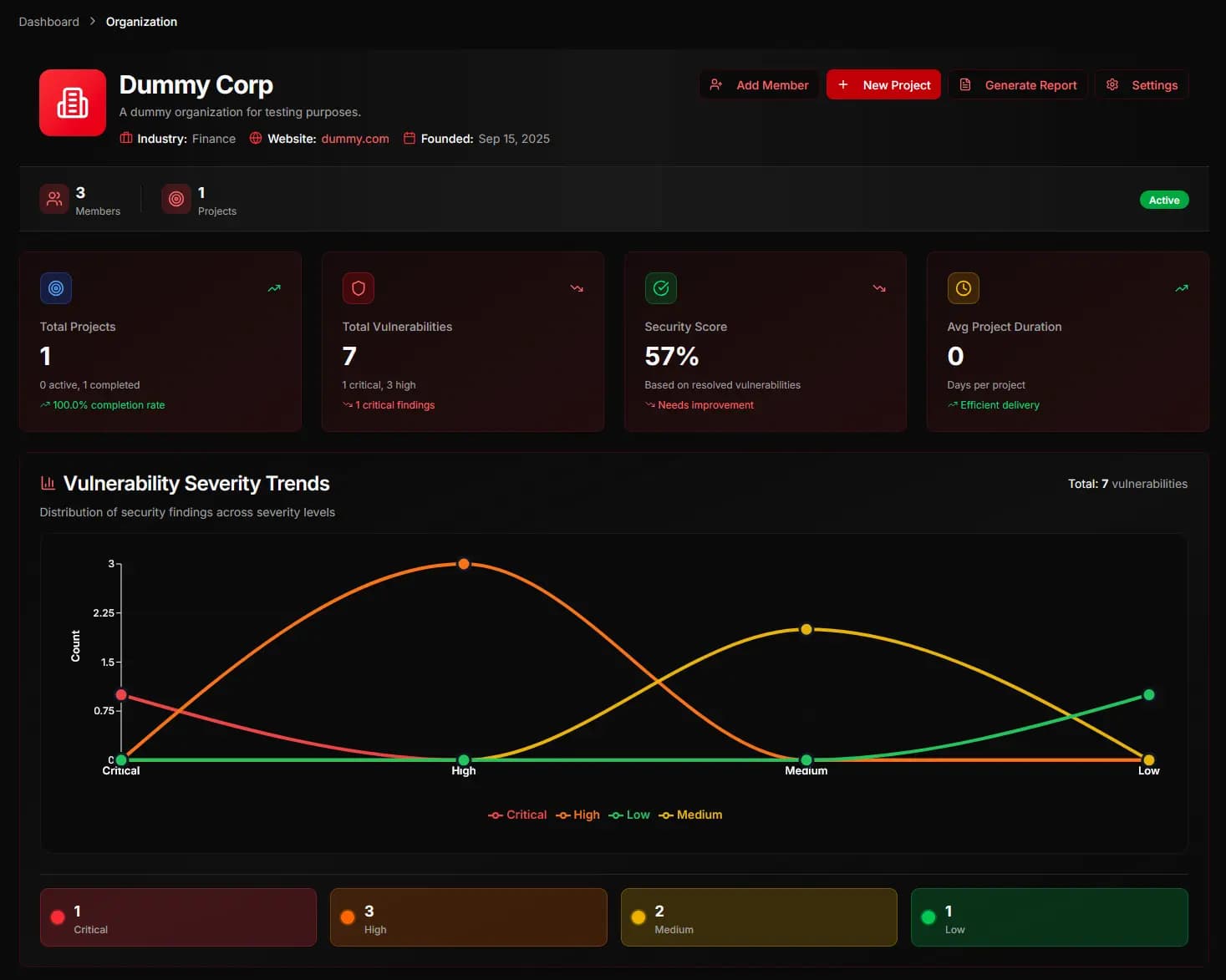Beyond Security, We Build Trust.
At Cyber AR, we don’t just provide cybersecurity solutions; we build a fortress around your digital assets. Specializing in advanced penetration testing, dark web monitoring, and tailored defense strategies, we empower businesses to stay ahead of evolving threats. Trust Cyber AR to be your vigilant partner in securing the future of your digital world.
Request a Demo




We've got you covered.
Is your business IT stressing you out ? You didn't get into business to deal with IT problems such as vulnerabilities or threats, but somebody's gotta do it. With Cyber AR as your IT partner, every aspect of your technology will be monitored and maintained.
Ready to Secure Your Business ?